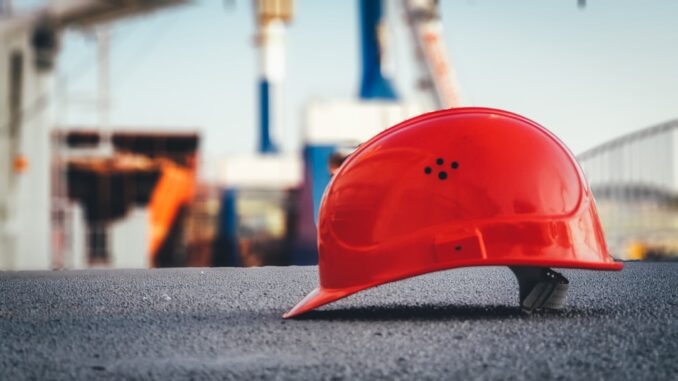
Summary
The Grenfell Tower Inquiry revealed ambiguous building regulations. The UK government responded with comprehensive reforms to improve building and fire safety. These changes aim to prevent future tragedies and hold the construction industry accountable.
Focus360 Energy: property compliance services – pre-planning to post-construction. Learn more.
Main Story
The Grenfell Tower fire, a tragedy that claimed 72 lives on June 14, 2017, wasn’t just a devastating event; it acted as a brutal wake-up call. It exposed shocking deficiencies in UK building regulations, sparking a national demand for real, lasting reform. The inquiry into the disaster laid bare the truth: ambiguous guidance had directly contributed to the horrific outcome, forcing the government to finally take action and overhaul building and fire safety regulations.
The Inquiry’s Grim Findings: Ambiguity Reigns, Accountability Absent
What the inquiry uncovered was pretty damning: widespread ambiguity buried deep within the existing building regulations. I mean, officials even admitted that the guidance “didn’t work,” which frankly, is an understatement. That lack of clarity, it just created loopholes. Loopholes that allowed unsafe practices to flourish and ultimately fueled the rapid spread of the fire. The report didn’t pull any punches, the inquiry emphasized the urgent need for greater accountability across the entire construction industry. That’s manufacturers, building owners – everyone.
Government Steps Up: Sweeping Reforms
In response, the UK government, under immense public pressure, initiated a series of reforms. These reforms aimed to clarify existing building regulations, strengthen oversight (something that was clearly lacking), and empower residents to have a voice. The key changes included:
- The Building Safety Act 2022
- The Fire Safety Act 2021
- Bans on combustible materials
- Mandatory sprinkler systems
- Enhanced fire risk assessments
- Improved evacuation procedures
The Building Safety Act 2022: A Foundation for Safer Buildings
Now, the Building Safety Act 2022, it really is a landmark piece of legislation. You see, it introduced a completely new regulatory regime, specifically targeting higher-risk buildings. And what does that mean? Well, buildings over 18 meters tall, or with seven or more stories containing at least two residential units. Simple right? What’s also important is the “golden thread” of information. This “golden thread” is a digital record, meticulously maintained throughout the building’s entire lifecycle. It guarantees constant access to critical safety information and, crucially, the act also established clear duty holder roles, to ensure accountability is in place at every single stage of a building’s life. Finally.
The Fire Safety Act 2021: Clearing Up Responsibilities
The Fire Safety Act 2021, on the other hand, clarifies the scope of the Regulatory Reform (Fire Safety) Order 2005. Critically, it explicitly includes the structure and external walls of a building within the fire risk assessment. This closes a loophole, one that was brutally exposed by the Grenfell tragedy. Honestly, it’s shocking it wasn’t already included.
More Safety Measures
Besides those acts, there are additional measures in place to enhance fire safety. First off, there’s a ban on combustible materials in external walls, which protects high-rise residential buildings, hotels, hostels, and even boarding houses. That’s a relief. Second, sprinkler systems are now mandatory in all new residential buildings over 11 meters tall. Think about that for a second. And finally, wayfinding signage and evacuation alert systems are now required in all new blocks of flats, providing residents with much-needed support in an emergency.
What Does the Future Hold? Ongoing Progress, Lingering Challenges
Look, while these reforms represent significant progress, there are still challenges ahead. Implementing these changes across the entire construction industry is going to take a lot of ongoing effort, and most importantly, collaboration. The truth is, this stuff doesn’t happen overnight. As of June 1, 2025, the government is still actively implementing the reforms, with various phases planned right through 2028 and beyond. Ultimately, continued vigilance and adaptation are vital for guaranteeing the long-term success of these reforms, and for preventing future tragedies. After all, the Grenfell Tower Inquiry serves as a constant, stark reminder of why we need clear building regulations, robust oversight, and a unwavering commitment to prioritizing safety in the built environment. Shouldn’t that be a given?


So, the “golden thread” of information is digital, eh? Let’s hope it’s backed up properly! Imagine losing *that* digital record. Paper copies for the win? Just kidding…mostly. Seriously though, what’s the plan for long-term data management and access with evolving tech?